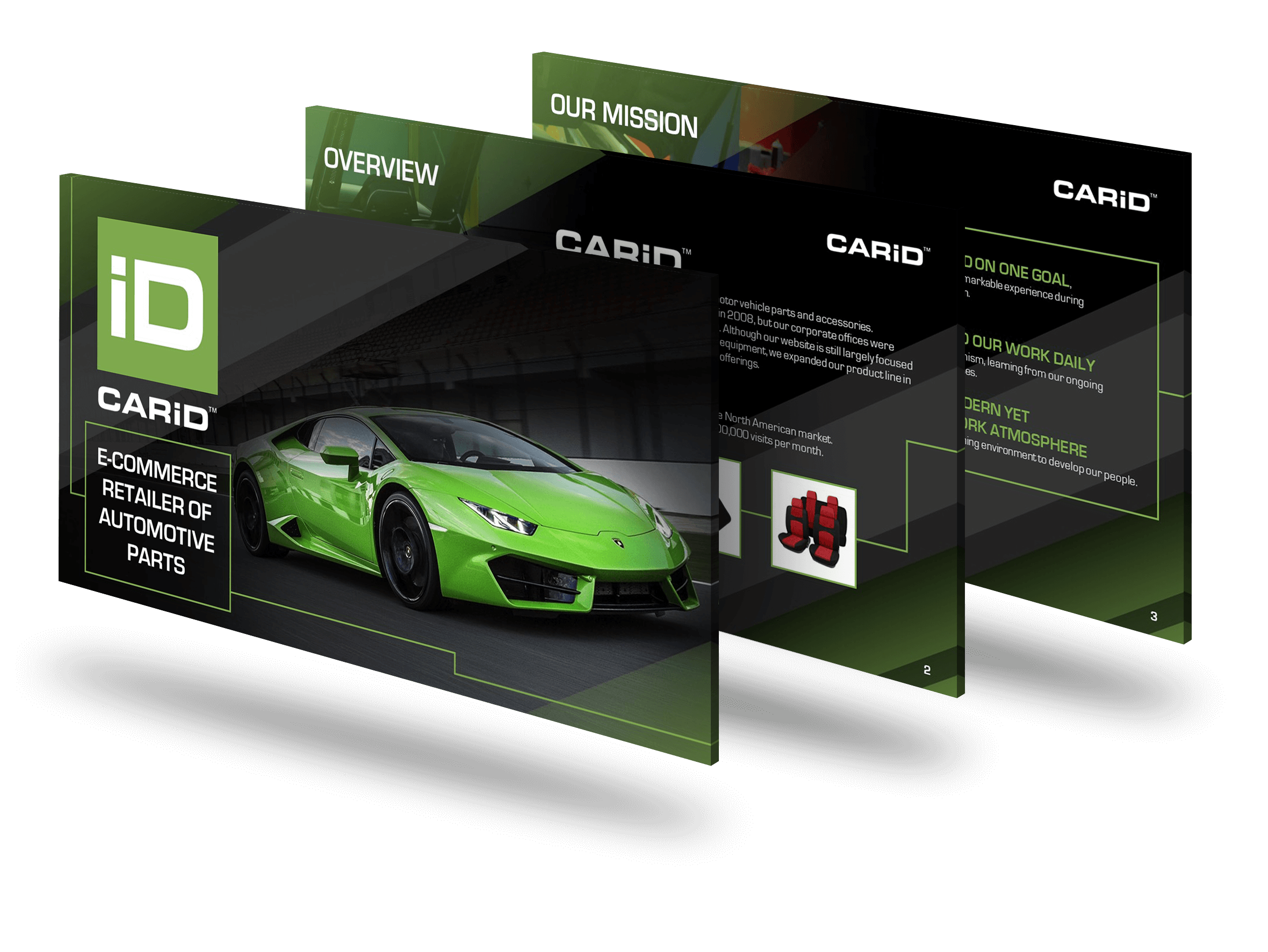
Creating a newspaper layout in PowerPoint is a great way to present information in a visually engaging, professional manner. Here’s how to do it:
Step 1: Set Up the Slide Layout
- Choose a Blank Slide:
- Open PowerPoint, go to the
Hometab, and select a blank slide layout (Layout>Blank).
- Open PowerPoint, go to the
- Set the Slide Size:
- For a realistic newspaper look, you can adjust the slide size to a portrait orientation.
- Go to
Design>Slide Size>Custom Slide Sizeand select Portrait. Set dimensions such as 11 inches (height) x 8.5 inches (width), similar to a printed page.
Step 2: Create Columns
- Insert Text Boxes for Columns:
- Go to
Insert>Text Boxand draw text boxes side by side to simulate newspaper columns. - Adjust the text box size to mimic typical newspaper column widths.
- Use at least two or three columns for a standard layout.
- Go to
- Align the Text Boxes:
- Select all the text boxes, go to
Format>Align>Align Top, and then chooseDistribute Horizontallyto ensure even spacing between columns.
- Select all the text boxes, go to
Step 3: Add Headlines and Subheadings
- Insert the Headline:
- At the top of the slide, insert a larger text box for the newspaper’s main headline (
Insert>Text Box). - Use a bold, large font (e.g., 40 pt or higher) for the headline. You can use a font like Arial Black or Times New Roman for a traditional newspaper look.
- At the top of the slide, insert a larger text box for the newspaper’s main headline (
- Add Subheadings:
- Insert smaller text boxes below the main headline for subheadings or additional article titles.
- Use a slightly smaller font size (e.g., 20-30 pt) for subheadings.
Step 4: Add Images and Captions
- Insert Images:
- Go to
Insert>Picturesto add relevant images for each article. - Resize and position the images within the columns, ensuring they fit well and don’t disrupt the text flow.
- Go to
- Add Captions:
- Below each image, insert a small text box and type a short caption in a smaller font (e.g., 10-12 pt) to describe the image.
Step 5: Style the Newspaper
- Adjust Text Alignment and Justification:
- Justify the text in your columns to give it a clean, newspaper-like look. Highlight the text, then go to
Home>Justify.
- Justify the text in your columns to give it a clean, newspaper-like look. Highlight the text, then go to
- Use Lines and Shapes for Separation:
- Insert thin lines (
Insert>Shapes>Line) between columns or sections to create visual breaks, like in a traditional newspaper layout.
- Insert thin lines (
- Add a Header or Footer:
- At the top or bottom of the slide, add a date or publication name to complete the newspaper layout.
This layout provides a professional, print-like aesthetic that works well for reports, project summaries, or newsletters.
View Our Presentation Portfolio










